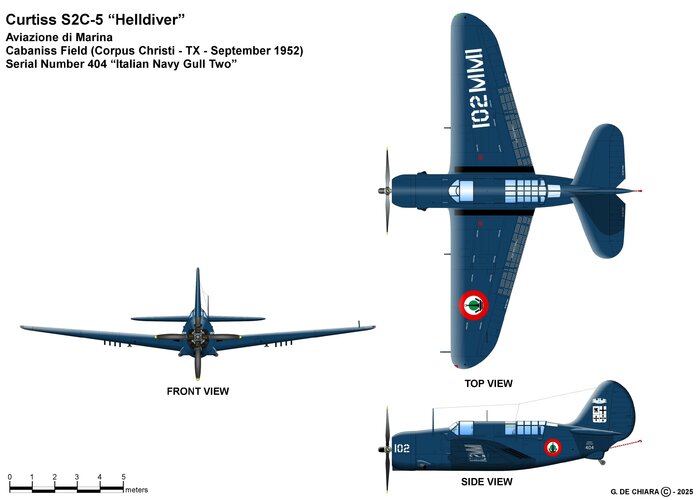- Joined
- 27 September 2006
- Messages
- 6,416
- Reaction score
- 6,805
There are two navies in South America with long coastlines that get cruisers: Chile and Peru. It is possible that under different regimes they might look for carriers.
In Asia Indonesia under an earlier right wing regime rather than Sukharno's pro Soviet one or Thailand are navies that might fit.
In Europe Spain if Franco died in the 50s might have been a candidate.
In Asia Indonesia under an earlier right wing regime rather than Sukharno's pro Soviet one or Thailand are navies that might fit.
In Europe Spain if Franco died in the 50s might have been a candidate.

